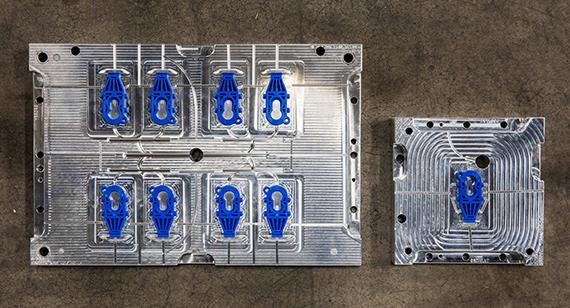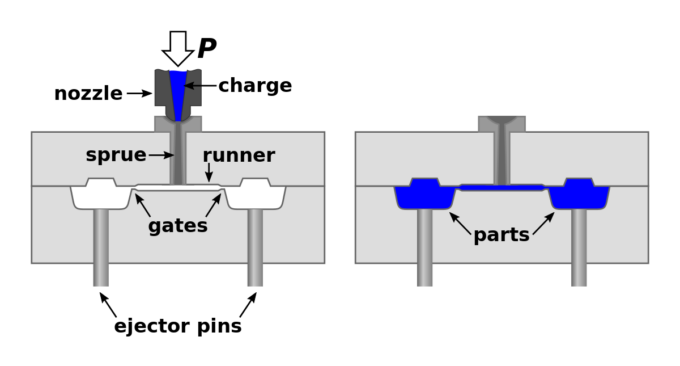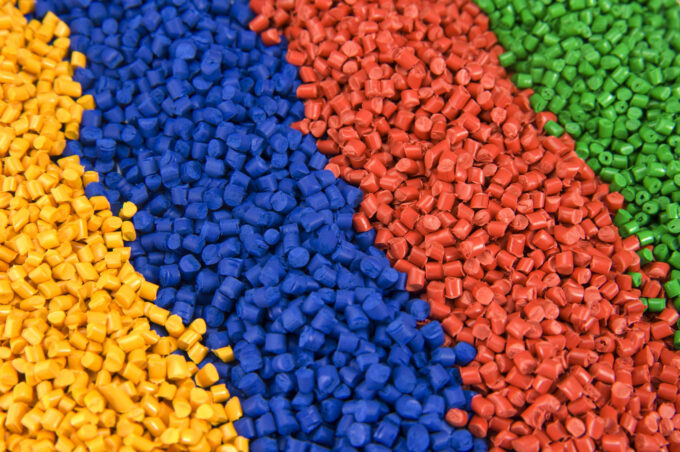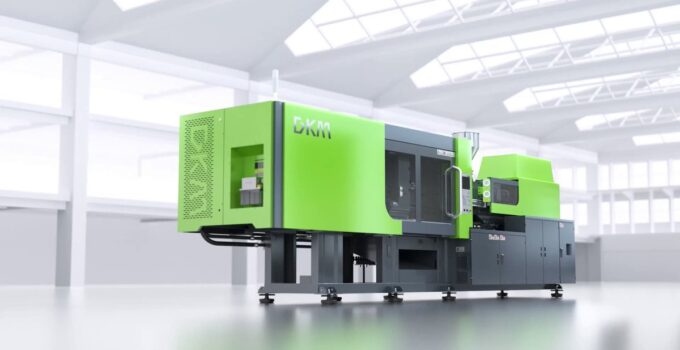Plastic injection molding has revolutionized the manufacturing industry, allowing for the mass production of complex and intricate parts with unparalleled precision and speed. From injection molding design considerations to plastic mold design, every aspect of the process plays a crucial role in producing high-quality injection molded parts. In this article, we will explore the key injection molding design considerations and injection molding part design principles that are critical to the success of any plastic molding or molding project. Whether you are a seasoned professional or a newcomer to the field, this guide will provide you with the knowledge and tools necessary to create flawless injection molding designs and achieve optimal injection molding shut-off. So, let’s dive into the world of plastic injection molding and discover the secrets to producing top-notch injection molded parts with the help of a trusted plastic molding manufacturer such as sinomould.com.
Plastic injection molding is a widely used manufacturing process that involves injecting molten plastic into a mold to create a specific shape. The process requires a high degree of precision and accuracy, and the design of the injection mold is critical to achieving the desired outcome.
The design components of an injection mold are critical to the success of the manufacturing process. Each component plays a specific role in the mold’s function, and any issues with the design can lead to production problems, wasted material, and increased costs.
Essential design component:
1. Mold Cavity
The mold cavity is the area of the injection mold that determines the final shape of the product. It is the space where the molten plastic is injected and solidified to create the desired shape. The mold cavity is typically made of steel or aluminum, and it is designed to withstand high temperatures and pressure. The mold cavity must be precisely machined to ensure that the final product is of the correct dimensions and has a smooth surface finish.
2. Runner System
The runner system is the network of channels that delivers the molten plastic from the injection molding machine to the mold cavity. The runner system is designed to distribute the plastic evenly and efficiently, ensuring that the mold cavity is filled uniformly. The design of the runner system can affect the cycle time, material usage, and quality of the final product. There are several types of runner systems, including the sprue, the runner, and the gate.
3. Sprue
The sprue is the main channel that delivers the molten plastic from the injection molding machine to the runner system. The sprue is typically located at the center of the mold and is designed to minimize turbulence and prevent air pockets from forming in the mold cavity.
4. Runner
The runner is the channel that delivers the plastic from the sprue to the individual cavities in the mold. The runner must be designed to distribute the plastic evenly and efficiently, minimizing waste and ensuring that the cavities are filled uniformly. The size and shape of the runner can affect the cycle time, material usage, and quality of the final product.
5. Gate
The gate is the channel that connects the runner to the mold cavity. The gate controls the flow of plastic into the cavity and must be designed to prevent air pockets and ensure that the plastic flows smoothly. There are several types of gates, including the edge gate, the pin gate, and the hot runner gate.
6. Ejector System
The ejector system is used to remove the finished product from the mold cavity. The ejector system consists of ejector pins, plates, and other components that push the finished product out of the mold. The design of the ejector system can affect the cycle time and the quality of the final product. A well-designed ejector system will minimize damage to the finished product and prevent the mold from being damaged during the ejection process.
7. Cooling System
The cooling system is used to cool the mold cavity and the plastic during the manufacturing process. The cooling system consists of channels and other components that circulate coolant through the mold. The design of the cooling system can affect the cycle time and the quality of the final product. A well-designed cooling system will ensure that the plastic solidifies uniformly and prevents warping, cracking, and other defects in the finished product.
What materials can be used for injection molding?

Source: quickparts.com
A variety of materials can be used for injection molding, each with its unique properties and advantages. The selection of the material depends on the specific application and requirements of the product. Here are some of the commonly used materials for injection molding:
1. Polypropylene (PP)
Polypropylene is one of the most widely used materials for injection molding. It is a thermoplastic polymer that has excellent chemical resistance, low moisture absorption, and a high melting point. PP is used in the manufacturing of products such as containers, automotive parts, and consumer goods.
2. Acrylonitrile Butadiene Styrene (ABS)
ABS is a thermoplastic polymer that is known for its toughness and impact resistance. It is commonly used in the production of products such as automotive parts, toys, and electronic housings.
3. Polycarbonate (PC)
Polycarbonate is a thermoplastic polymer that is known for its high impact resistance and transparency. It is commonly used in the manufacturing of products such as safety glasses, electronic components, and automotive parts.
4. Polyethylene (PE)
Polyethylene is a thermoplastic polymer that is known for its excellent chemical resistance and low moisture absorption. It is commonly used in the production of products such as plastic bags, containers, and pipes.
5. Polyethylene terephthalate (PET)
Polyethylene terephthalate is a thermoplastic polymer that is known for its clarity and barrier properties. It is commonly used in the manufacturing of products such as beverage bottles, food containers, and polyester fibers.
Conclusion
In conclusion, plastic injection molding is a complex manufacturing process that requires careful consideration and planning. The plastic injection mold design plays a crucial role in determining the quality and efficiency of the manufacturing process. Each component of the mold, from the mold cavity to the cooling system, must be designed with precision and accuracy to achieve optimal results. Additionally, the selection of the right material is also crucial to the success of the injection molding process. By understanding the design considerations and material properties involved in injection molding, manufacturers can produce high-quality, cost-effective products with unparalleled precision and speed.


